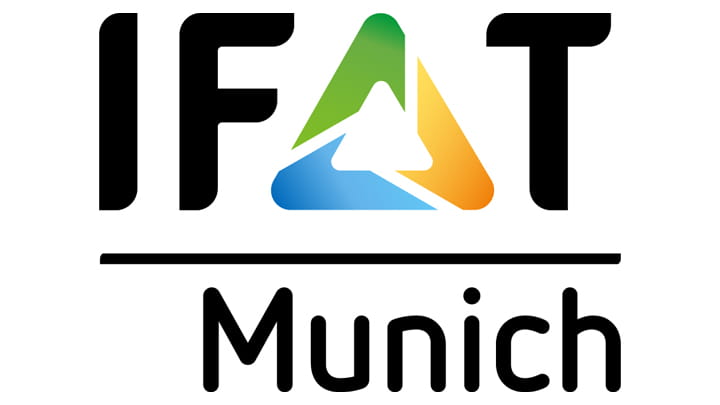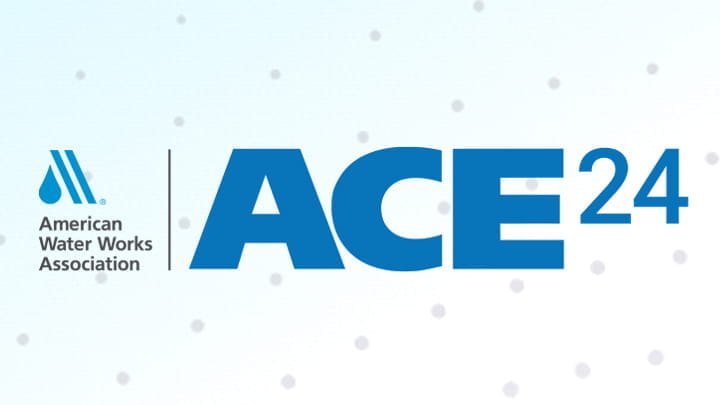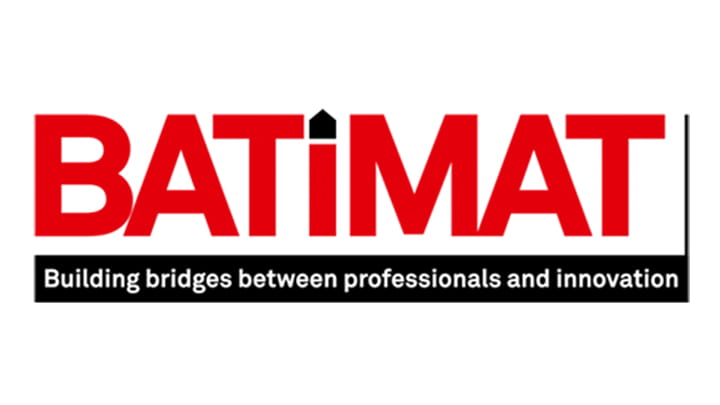Besuchen Sie uns auf diesen kommenden Messen
Datum
Titel
Ort
-
23.04.24 - 25.04.24AsiaWaterKuala Lumpur, Malaysia
-
29.04.24 - 30.04.24Top Glass Conference & ExhibitsToronto, Kanada

Besuchen Sie uns an unserem Stand
-
13.05.24 - 17.05.24IFAT 2024München, Deutschland
 Besuchen Sie uns an unserem Stand C3.127
Besuchen Sie uns an unserem Stand C3.127 -
10.06.24 - 13.06.24ACE24Anaheim CA, VS

Besuchen Sie uns an unserem Stand 1007
-
30.09.24 - 03.10.24Batimat 2024Paris, Frankreich

Besuchen Sie uns an unserem Stand
-
06.11.24 - 08.11.24VietWaterHo Chi Minh, Vietnam

Besuchen Sie uns an unserem Stand

